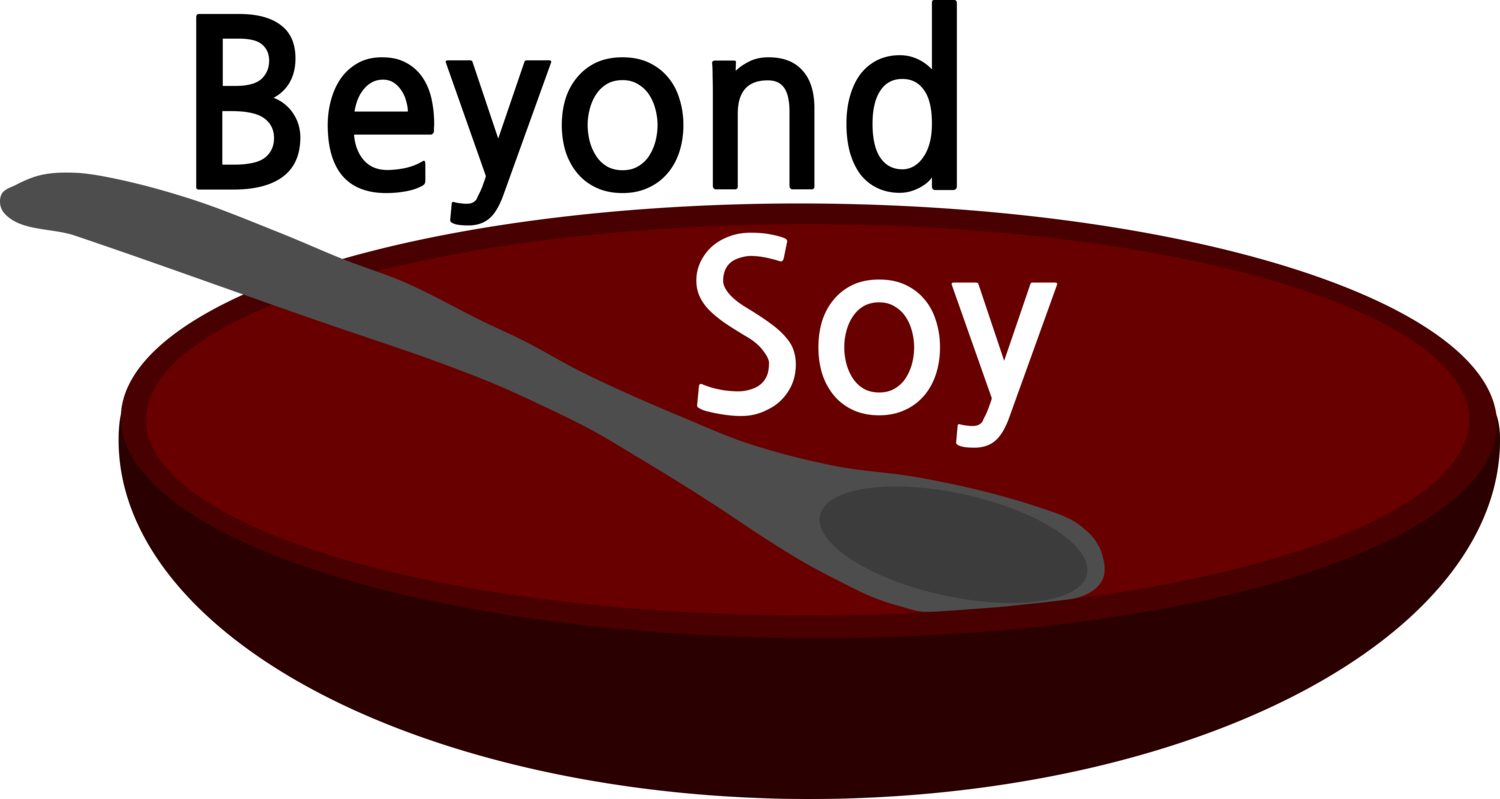Buying Soy-Free Food 101
/Hello! Welcome to Beyond Soy!
We've previously discussed the basics of cooking, baking, and eating soy-free. Today we are going to take one step back and talk about buying soy-free food. Buying only soy-free food is the easiest way to ensure that you eat soy-free food. If soy isn’t in your pantry, then you don’t have to worry about eating it at home.
When we first started cooking soy-free food, Ashley and I had many struggles, false starts, and unintentional learning opportunities. We knew that we wanted to eat soy-free food, and we knew that meant that we had to cook a lot of it ourselves (at least initially). When shopping for soy-free ingredients to stock our pantry, we had a steep learning curve. We had to figure out what things had soy and what soy-free options existed.
We've learned a lot about buying soy-free food over the past few years and want to share that information with you! We know it can feel complex and complicated to shop for food with a food allergy or intolerance. But the good news is that anyone can do it! With a little practice it can be easy to buy soy-free food!
When buying soy-free food there are just a couple of things to watch out for. Generally, pre-packaged food is more likely to contain soy, while fresh food is more likely to be okay. No matter what you buy, make sure to read the ingredient label of everything to confirm that it is soy-free.
image via pixabay
The five places to watch for soy are: oils, butter, soy products, breads, and emulsifiers (chocolate, powders, non-stick spray, etc). The tips below are centered around these five areas.
Oils:
- Buy canola oil or olive oil.
- Don't buy vegetable oil--it almost always consists of soybean oil!
- Products with oil in them (pre-made sauces, marinades, mayonnaise, etc.) may contain soybean oil, so be sure to read the ingredient labels!
- Some packaged foods like beef broth and tuna may include soybean oil, so be sure to check the label!
- Read the ingredient label for everything that might have oil in it. Many items marketed as "Contains Olive Oil" or "Made using Canola Oil" still also use soybean oil.
Butter:
- Use real butter!
- Margarine is often made from soybean oil.
Soy Products:
- Don't buy foods with "soy" in the title--no soy sauce (Use coconut aminos as a replacement).
- Don't buy edamame.
- Don't buy tofu and miso. (Use caution with fake meat products since they often use soy)
Breads:
- Be careful with pre-packaged breads (including things like tortillas). If it is bread-like and comes in a wrapper it probably has soy! Instead, look for fresh bread or Rudi's brand.
- Be careful with boxed cake mixes. Many of them use soy flour or soybean oil. Instead, it is relatively easy to make a cake from scratch!
- Most pizza, bread, crackers, cookies, and take-and-bake items contains soy. Be sure to check the ingredients of the specific food you are buying.
- When in doubt, read ingredient labels! Soy isn't necessarily required to be called out as an allergen, so be sure to read the entire ingredient list.
Emulsifiers:
- Read the ingredients on powders and mixtures--seasoning packets and powdered lemonade often have soy lecithin.
- Be careful with chocolate! Almost all chocolate has soy lecithin in it.
- Most non-stick spray has soy lecithin in it.
image via pixabay
What should you buy?
- Fresh fruit/vegetables
- Eggs
- Cheese
- Potato chips/Corn chips
- Fresh bread (after reading the ingredient label)
- Rice
- Meat
- Anything you want! Just make sure to check the ingredient label first! (we've even found soy-free goldfish crackers)
Buying only soy-free food takes the stress out of eating. You can eat without worrying about soy. Once you have your soy-free food, your pantry is a safe space to eat!
For more Soy-Free 101 information see our Cooking Soy-Free 101, Baking Soy-Free 101, and Eating Soy-Free 101 pages and check back soon for our upcoming posts!










